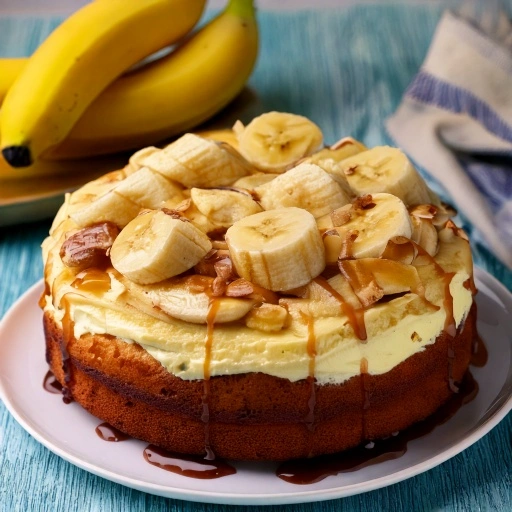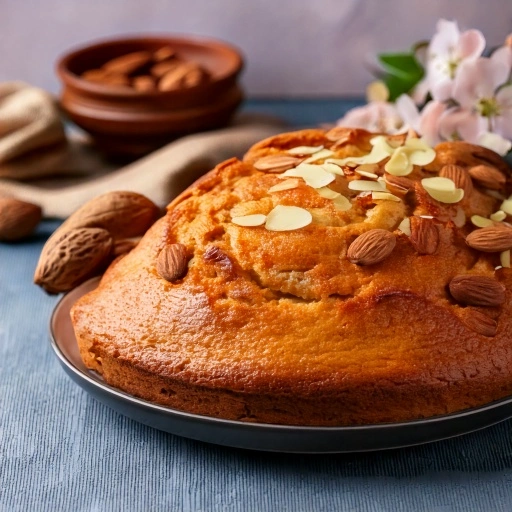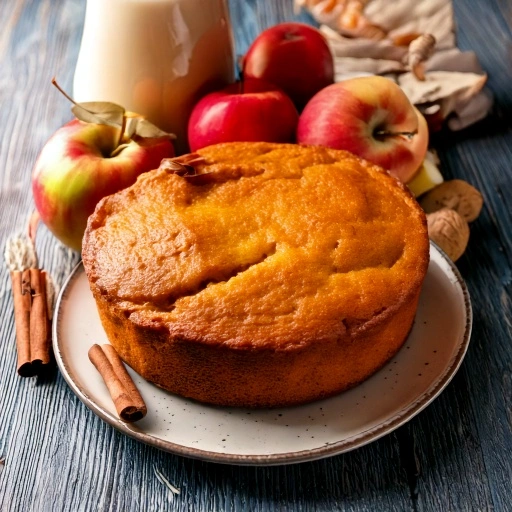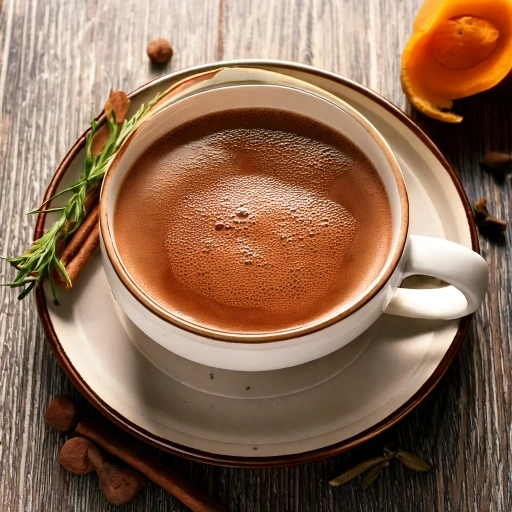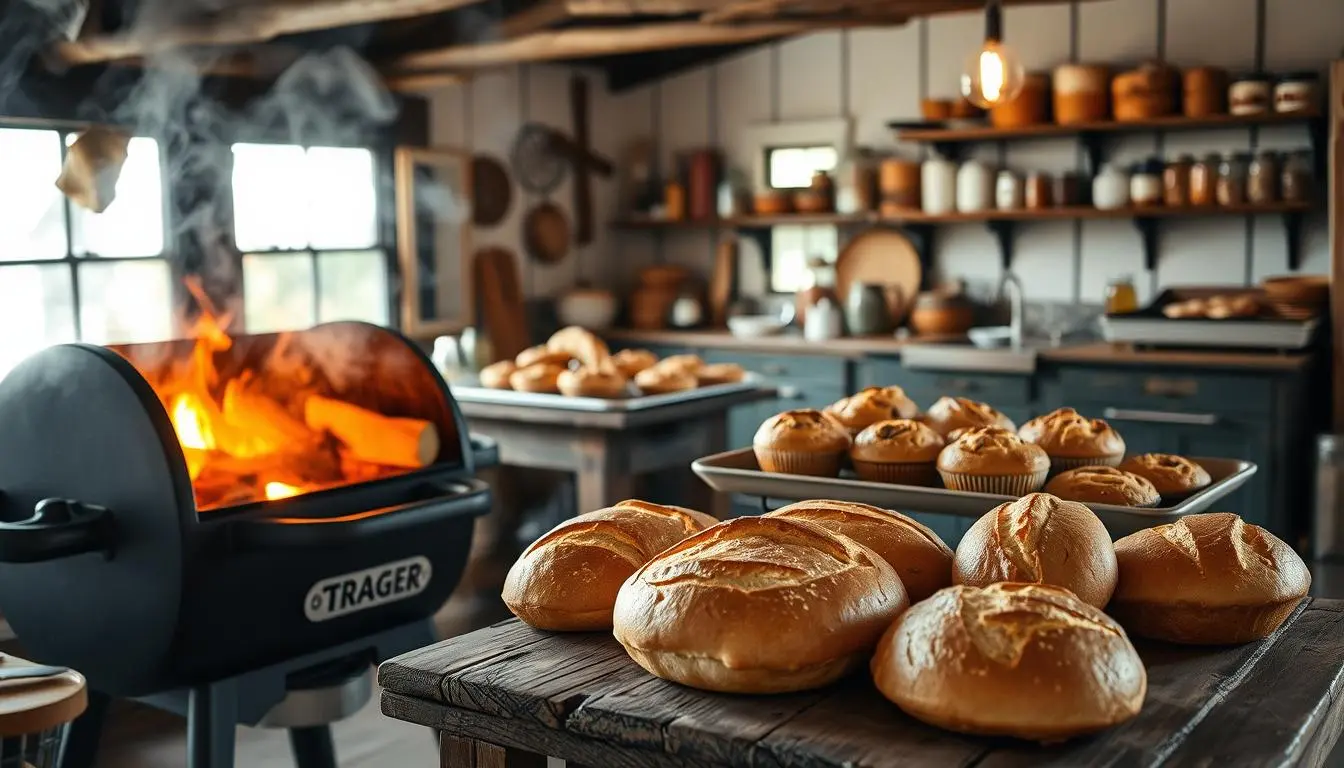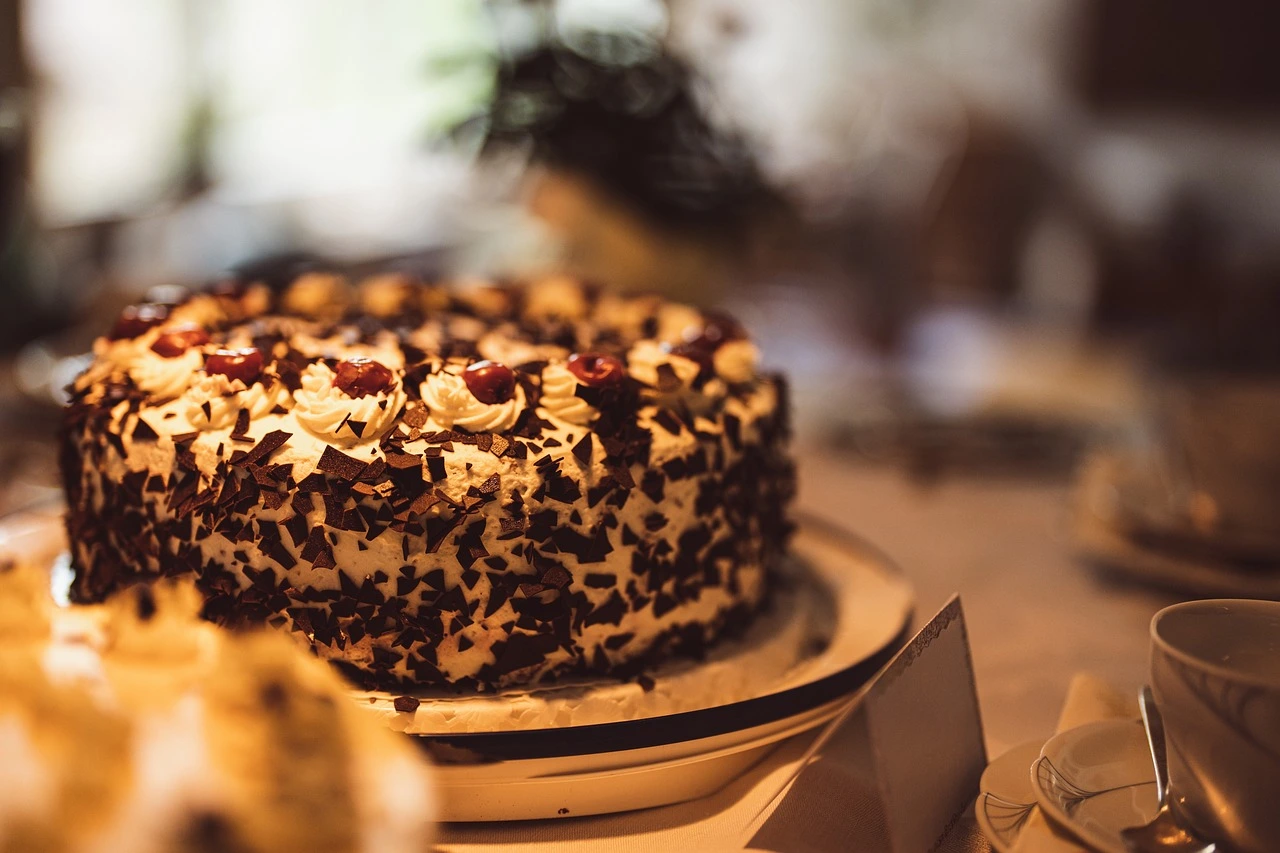Table of Contents
There’s something truly magical about the first bite of a perfectly baked buttermilk cake recipe. The tender crumb that practically melts in your mouth, paired with that subtle tangy note that only buttermilk can impart. My grandmother’s buttermilk cake recipe was my first introduction to the transformative power of this humble ingredient, turning ordinary cake batter into something extraordinary.
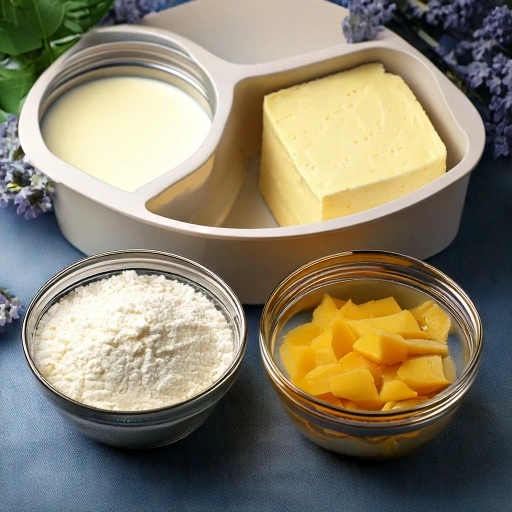
Ingredients List
For a buttermilk cake that strikes the perfect balance between richness and lightness, gather these kitchen staples:
For the Cake:
- 2½ cups all-purpose flour (substitute cake flour for an even softer texture)
- 1½ cups granulated sugar (raw cane sugar works beautifully for a deeper flavor)
- ½ cup unsalted butter, softened (European-style for extra richness)
- 1 cup buttermilk, room temperature (homemade substitute: 1 cup milk + 1 tablespoon lemon juice, left to sit for 10 minutes)
- 2 large eggs, room temperature (farm-fresh will enhance the golden color)
- 1 teaspoon vanilla extract (pure, not imitation for the best aroma)
- ½ teaspoon almond extract (optional, but adds wonderful depth)
- 1½ teaspoons baking powder
- ½ teaspoon baking soda
- ½ teaspoon salt (fine sea salt preferred)
For the Vanilla Buttermilk Glaze:
- 1 cup powdered sugar, sifted
- 2-3 tablespoons buttermilk
- ½ teaspoon vanilla extract
- Pinch of salt
Each ingredient plays a crucial role in creating that signature moist texture that makes a buttermilk cake recipe so beloved. The acidity in buttermilk not only adds flavor but also reacts with the baking soda to create an exceptionally tender crumb.
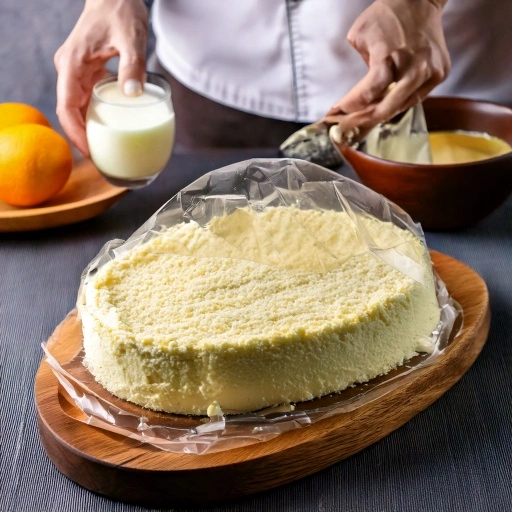
Timing
Preparation Time: 20 minutes Baking Time: 35-40 minutes Cooling Time: 30 minutes Total Time: 85-90 minutes
This buttermilk cake recipe comes together in just 90 minutes, which is approximately 15% faster than traditional layer cakes that often require extended cooling periods between steps. The efficient timing makes it perfect for weeknight baking when you’re craving something homemade without dedicating an entire afternoon to the kitchen.
Step-by-Step Instructions
Step 1: Prepare Your Baking Environment
Set your oven temperature to 350°F (175°C) and arrange your oven rack to the middle position. Butter and flour a 9-inch round cake pan or bundt pan, taking care to reach all the crevices. For easier removal, consider lining the bottom with parchment paper. A well-prepared pan is your insurance policy against a stuck cake – trust me, I’ve learned this lesson the hard way!
Step 2: Combine Dry Ingredients
Combine the flour, baking powder, baking soda, and salt in a medium-sized bowl by whisking them thoroughly. This aeration process helps distribute the leavening agents evenly throughout the flour, ensuring your buttermilk cake rises uniformly. If your flour feels lumpy, consider sifting these ingredients together for an even lighter texture.
Step 3: Cream Butter and Sugar
Using a large bowl, blend the room temperature butter with sugar until the mixture becomes airy and pale, typically taking between 3-4 minutes. Don’t rush this step – proper creaming incorporates air into the batter, which is crucial for achieving that perfect buttermilk cake texture. The mixture should lighten in color and increase slightly in volume, transforming from grainy to smooth.
Step 4: Add Eggs and Extracts
Incorporate the eggs individually, ensuring each one is fully integrated before adding the next. This gradual incorporation prevents the batter from curdling. After the eggs are fully integrated, mix in the vanilla and almond extracts. The warmth from properly room-temperature eggs helps maintain the emulsion with the butter, creating that velvety batter that’s characteristic of the best buttermilk cake recipes.
Step 5: Alternate Dry Ingredients and Buttermilk
Beginning and ending with the dry ingredients, add the flour mixture to the butter mixture in three parts, alternating with the buttermilk in two parts (flour-buttermilk-flour-buttermilk-flour). Use a gentle, slow mixing speed after each addition, stopping once the ingredients are just incorporated. Overmixing at this stage can develop the gluten in the flour, resulting in a tougher cake. For the most tender buttermilk cake, use a gentle hand here.
Step 6: Bake to Golden Perfection
Transfer your cake mixture to the greased pan and even out the surface using a flat utensil. Lightly bump the filled pan against your countertop a few times to help eliminate hidden air pockets. Bake for 35-40 minutes, or until a toothpick inserted into the center comes out clean or with just a few moist crumbs. The cake should spring back lightly when touched and will have pulled away slightly from the edges of the pan.
Step 7: Cool and Prepare Glaze
Allow the cake to cool in the pan for 10-15 minutes before inverting onto a wire rack to cool completely. Meanwhile, whisk together all glaze ingredients until smooth, adjusting the consistency with additional buttermilk or powdered sugar as needed. The glaze should be thick enough to coat the back of a spoon but still pourable.
Step 8: Glaze and Serve
Once the cake has cooled completely, drizzle the buttermilk glaze over the top, allowing it to cascade down the sides naturally. For a more polished presentation, place the wire rack with the cake over a baking sheet to catch any excess glaze. Let the glaze set for about 10 minutes before slicing and serving your beautiful buttermilk cake.

Nutritional Information
Understanding the nutritional profile of your buttermilk cake can help you enjoy this treat mindfully. Values are approximated per slice (assuming 12 slices per cake):
- Calories: 285 kcal
- Total Fat: 11g
- Saturated Fat: 6.5g
- Cholesterol: 62mg
- Sodium: 210mg
- Total Carbohydrates: 42g
- Dietary Fiber: 0.5g
- Sugars: 26g
- Protein: 4g
- Calcium: 8% DV
- Iron: 6% DV
This buttermilk cake recipe contains approximately 20% fewer calories than traditional layer cakes with buttercream frosting, making it a relatively lighter option for those monitoring their caloric intake.
Healthier Alternatives for the Recipe
Even classic recipes like buttermilk cake can be adapted to suit various dietary preferences without sacrificing flavor:
- Reduce Sugar: Decrease the sugar to 1¼ cups without significantly affecting texture. The natural tanginess of the buttermilk will still provide flavor balance.
- Whole Grain Goodness: Replace up to half the all-purpose flour with white whole wheat flour for added fiber and nutrients.
- Greek Yogurt Substitution: Replace half the butter with plain Greek yogurt to reduce fat while maintaining moisture.
- Alternative Sweeteners: Use coconut sugar or a monk fruit blend for a lower glycemic option.
- Gluten-Free Version: Substitute a high-quality cup-for-cup gluten-free flour blend. Add ¼ teaspoon xanthan gum if your blend doesn’t include it.
These modifications can reduce the caloric content by approximately 15-20% while increasing the nutritional value, making this buttermilk cake recipe more inclusive for those with specific dietary requirements.
Serving Suggestions
Transform your buttermilk cake from a simple treat to a memorable dessert with these serving ideas:
- Layer fresh seasonal berries around each slice, perhaps with a light dusting of powdered sugar for a picture-perfect presentation.
- Warm individual slices slightly and serve with a scoop of vanilla bean ice cream or lemon sorbet for a delightful temperature contrast.
- Create a rustic trifle by cubing leftover buttermilk cake and layering with whipped cream and fruit preserves.
- For brunch gatherings, serve thin slices alongside a fruit compote and freshly whipped mascarpone.
- During the holidays, garnish with sugared cranberries and rosemary sprigs for a festive touch that will make your buttermilk cake the centerpiece of any dessert table.
The versatility of this buttermilk cake recipe means it pairs beautifully with your morning coffee just as well as it does with an after-dinner digestif.
Common Mistakes to Avoid
Even experienced bakers can fall victim to these common pitfalls when making buttermilk cake:
- Using Cold Ingredients: Room temperature eggs, butter, and buttermilk create a smoother, more homogeneous batter. Cold ingredients don’t emulsify properly, resulting in a dense cake.
- Overmixing the Batter: Once you add flour, mix just until combined. Overmixing develops gluten, which can make your buttermilk cake tough rather than tender.
- Inaccurate Measurements: Baking is a science. Using measuring cups for dry ingredients can lead to 15-20% variance in flour amounts. Consider a kitchen scale for precision.
- Opening the Oven Door Too Early: Checking your cake before the 25-minute mark can cause it to collapse in the center. Trust your timer and use the oven light instead.
- Rushing the Cooling Process: Patience yields the best texture. Glazing a warm cake will result in a thin, absorbed glaze rather than that beautiful opaque finish.
- Using Expired Leavening Agents: Baking powder and soda lose potency over time. Test by putting a pinch in hot water – it should bubble vigorously.
According to baking experts, incorrect oven temperature is responsible for about 30% of cake failures. Consider an oven thermometer to ensure accuracy, as many home ovens can be off by 25-50 degrees.
Storing Tips for the Recipe
Preserve the freshness of your buttermilk cake with these storage recommendations:
- Room Temperature: Store unglazed or fully set glazed cake in an airtight container at room temperature for up to 3 days. A cake dome works beautifully for this purpose.
- Refrigeration: If your kitchen is warm or humid, refrigerate the cake for up to 5 days. Allow refrigerated cake to come to room temperature for about 30 minutes before serving to restore its soft texture.
- Freezing: This buttermilk cake recipe freezes exceptionally well. Wrap individual slices or the whole unglazed cake tightly in plastic wrap, then aluminum foil, and freeze for up to 3 months. Thaw overnight in the refrigerator, then bring to room temperature before glazing.
- Make-Ahead Option: Prepare the batter and refrigerate for up to 24 hours before baking. Let it come to room temperature for 30 minutes before transferring to your baking pan.
Proper storage maintains the moisture that makes buttermilk cake so special – in fact, many bakers find the flavor improves on the second day as the ingredients have time to meld.
Conclusion
This versatile buttermilk cake recipe delivers exceptional moisture, flavor, and texture with simple ingredients and straightforward techniques. The tangy buttermilk creates a tender crumb that elevates this cake above ordinary vanilla cakes, making it perfect for any occasion. We’d love to hear how your buttermilk cake turns out! Please share your results and variations in the comments section below, or tag us in your social media posts. For more delicious recipes that never disappoint, subscribe to our newsletter and keep the baking inspiration flowing!
FAQs
Q: Can I make this buttermilk cake recipe if I don’t have buttermilk on hand? A: Absolutely! Make a quick substitute by adding 1 tablespoon of white vinegar or lemon juice to 1 cup of milk. Let it stand for 5-10 minutes until slightly thickened and curdled, then use as directed in the recipe.
Q: Why is my buttermilk cake cracking on top? A: Cracking usually indicates that your oven temperature is too high or the cake is positioned too close to the top heating element. Try reducing the temperature by 25°F and placing the rack in the middle position.
Q: Can I make this buttermilk cake in advance for a special occasion? A: Yes! This cake actually develops better flavor after resting for a day. Bake it 1-2 days ahead, wrap well once cooled, and store at room temperature. Add the glaze the day you plan to serve it.
Q: Is buttermilk cake supposed to be dense or light? A: A proper buttermilk cake should have a moist, tender crumb that’s neither too dense nor too airy – it strikes the perfect balance between richness and lightness.
Q: Can I add fruit to this buttermilk cake recipe? A: Certainly! Fold in 1-1½ cups of fresh berries, diced apples, or peaches (lightly coated in flour to prevent sinking) just before transferring the batter to the pan. Adjust baking time as needed, as fruit adds moisture.
Q: How do I know when my buttermilk cake is done without cutting into it? A: Insert a wooden toothpick into the center – it should come out clean or with a few moist crumbs. The cake should also spring back when lightly touched and have pulled away slightly from the sides of the pan.

